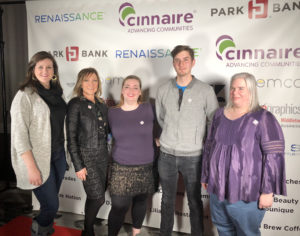
What do fashion, paperboard product packaging and literacy have in common? Answer: The Read(y) to Wear submission from a team of Promega employees for an event put on by the Madison Reading Project. With a challenge that stated teams need to make a garment mostly of paper, the resulting creations would be displayed on a runway as part of a charitable evening for an organization dedicated to bringing books to children.
Volunteering to be part of what became a five-person team to create a wearable garment from paper was the easy part. Our first few meetings we were experimenting with ideas and techniques using paper we could access on campus: Print catalogs, discarded books and our prototype product kit boxes. It was the kit boxes with the David Goodsell imagery that inspired our ideas to create a suit of armor. The paperboard boxes protect the products we ship to customers like a suit of armor protects warriors in battle. Continue reading “Cardboard Couture: From Conception to Runway Debut”
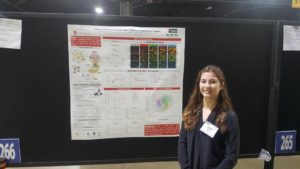
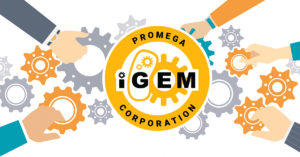
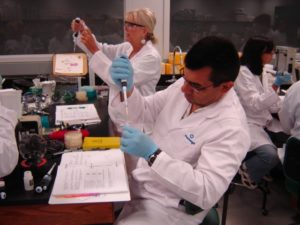
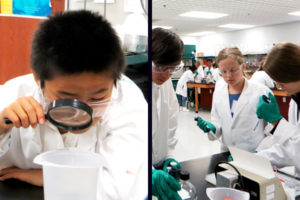
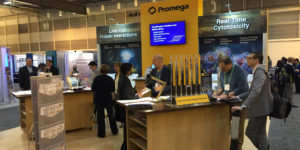
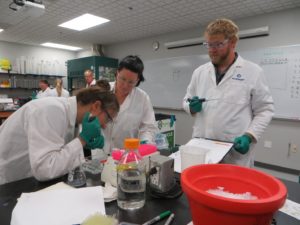
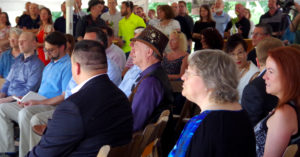
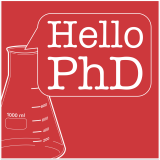 Think back to your grad school days. Think about a time when you were struggling with challenges either inside or outside the lab. Maybe you dealt with failed experiments, a toxic lab culture or mental health problems. For graduate students, these have been real, everyday experiences for as long as anyone can remember. The Hello PhD podcast, hosted by Joshua Hall and Daniel Arneman, aims to address those problems. We’re excited to announce that beginning with Episode 94 (released June 11, 2018), we are now partnering with Hello PhD to promote their mission to support young scientists in training.
Think back to your grad school days. Think about a time when you were struggling with challenges either inside or outside the lab. Maybe you dealt with failed experiments, a toxic lab culture or mental health problems. For graduate students, these have been real, everyday experiences for as long as anyone can remember. The Hello PhD podcast, hosted by Joshua Hall and Daniel Arneman, aims to address those problems. We’re excited to announce that beginning with Episode 94 (released June 11, 2018), we are now partnering with Hello PhD to promote their mission to support young scientists in training.